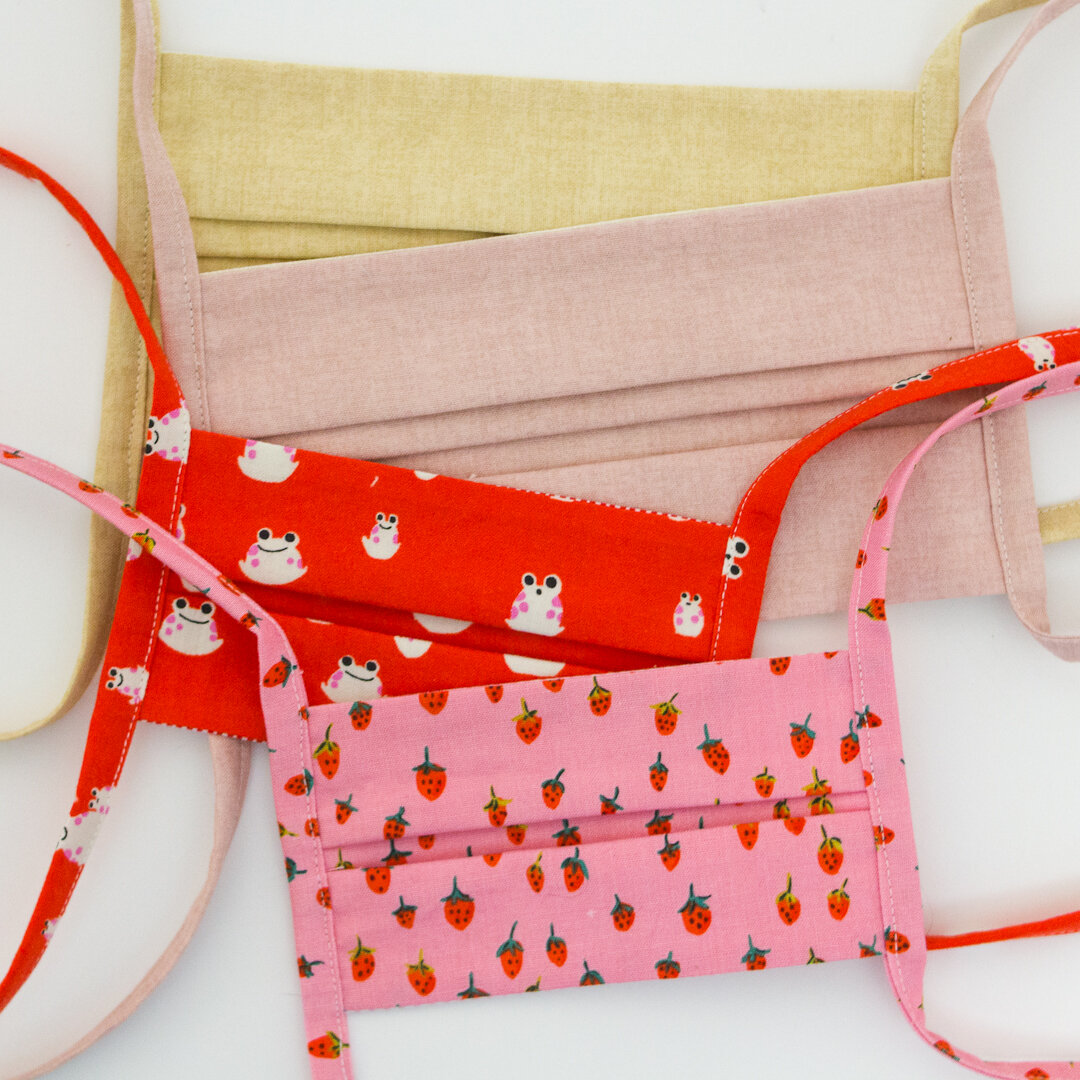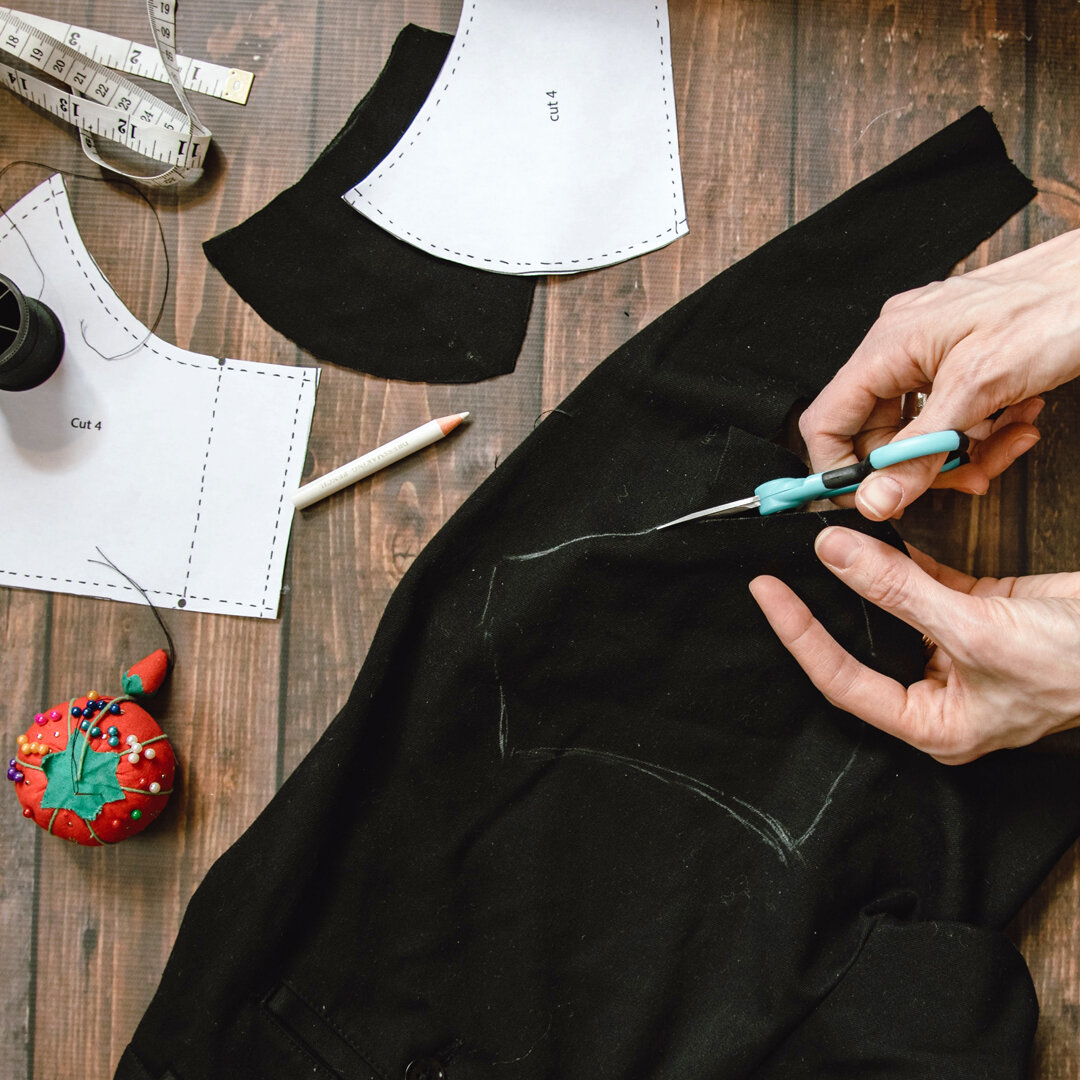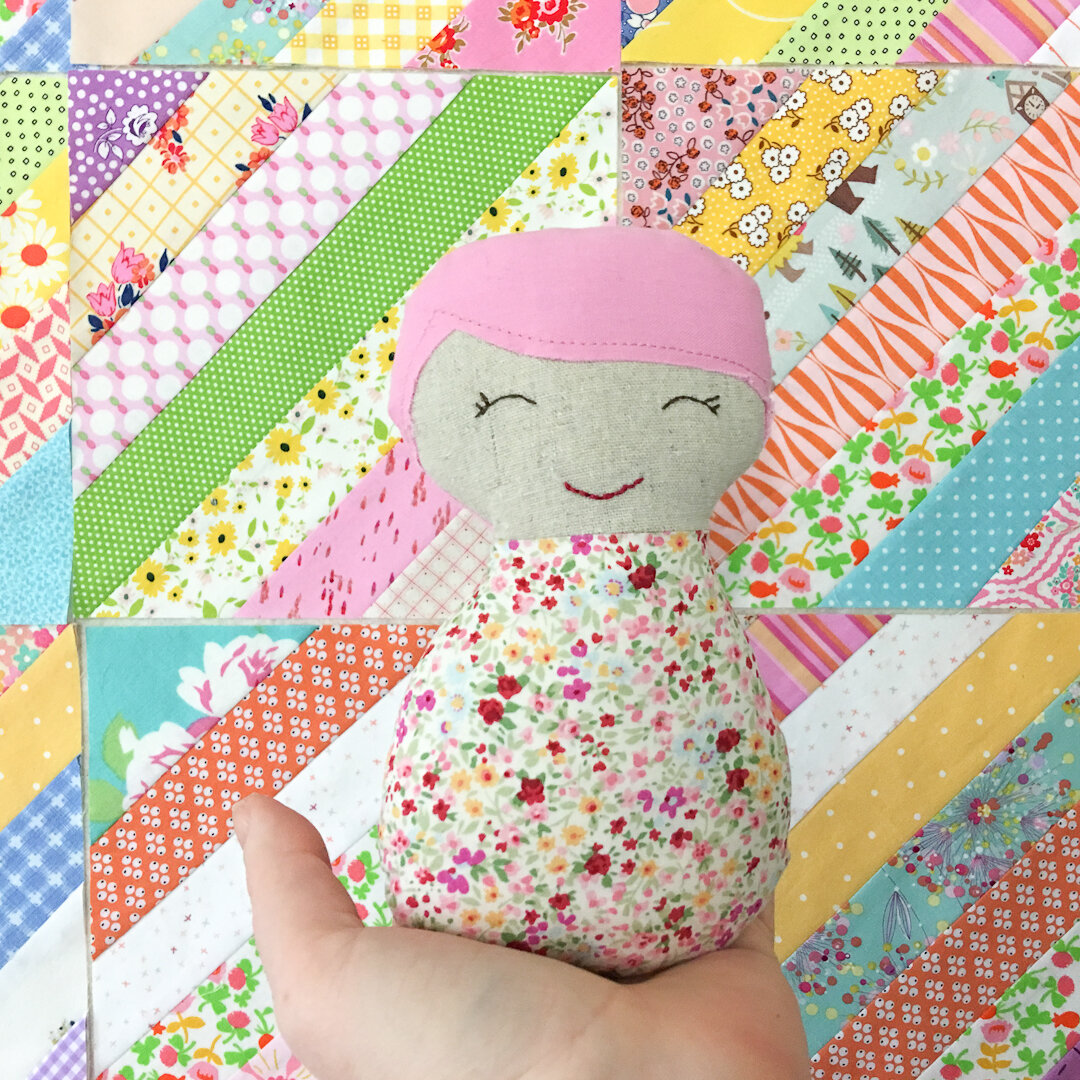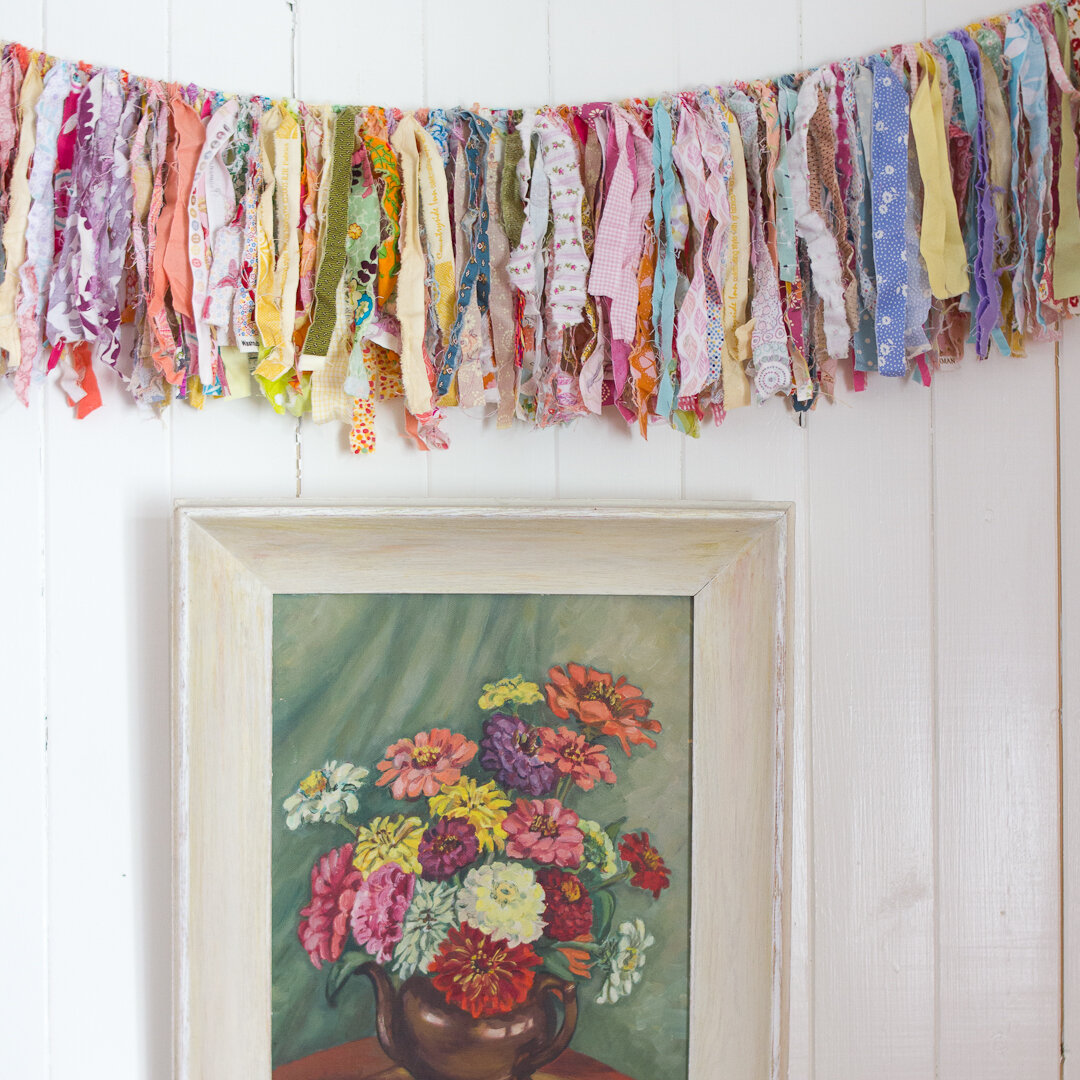One of the most common decorating challenges I hear about in kitchens is the dated oak cabinetry. My friend Kim has done a spectacular job of tackling this challenge in her own house. With her kind permissions, I’ve put together a step-by-step how to on her process. If you like Kim’s work, please also check out her blog: One Woman’s Cottage Life. There’s more stuff there than anyone could read in a lifetime, and it’s all adorable.
When Kim bought her house, her kitchen had fine quality cabinetry with face frames and doors in solid oak. They were under 5 years old and in excellent condition. Fortunately for Kim, they also had a traditional raised-panel door, the shape of which was a nice fit for Kim’s history-inspired vision. Kim added moldings, details, hardware and completed a multi-step paint finish that gives the entire kitchen a beautiful, timeworn feel. She also added a distressed island and updated her dining area to a farm-house style. Even through her kitchen and dining area are still under construction, the impact of the new finish on the cabinet doors is clear.
Before you decide to tackle this project, be warned, it is a very labor-intensive, multi-step project. If you don’t have the discipline and dedication to see it through, hire a professional. It’ll still be cheaper than buying all new cabinetry, and it’s nice to recycle if your cabinets are in good condition.
These are the steps that Kim went through to complete her project:
-
Clean and de-grease all the cabinets, inside and out.
-
Remove the doors, drawers, shelves and hardware.
-
Add crown & rope molding at the top of each cabinet.
-
Add bottom molding (to hide under-counter lighting).
-
Add beaded board panels to the cabinet sides.
-
Add decorative moldings to the front of selected drawers.
-
Sand all the cabinet carcases, shelves, doors and drawer fronts.
-
Apply two coats of primer.
-
Apply two coats of cream basecoat (so distressing, will reveal cream).
-
Apply four coats of red paint.
-
Lightly distress the drawers and drawer fronts.
-
Use antiquing glaze on same.
-
Dry brush same with light green paint.
-
Wax cabinets, drawer fronts and doors.
-
Spray paint old brass hinges with Krylon high-adhesion brown paint.
-
Rehang and install drawers and doors.
-
Position and install new oiled bronze pulls.
In addition, Kim updated her interior shelves with toile-style wallpaper covered with three coats of poly. The results are beautiful.
If you want to duplicate Kim’s gorgeous colors as well as her process, here’s what she had to say:
-
The red that I used is by Waverly and it’s called “Cherry.”
-
The off-white basecoat was American Tradition Homestead Resort Parlour Taupe.”
-
The glaze was “Raw Umber” translucent color glaze.
-
The green walls in the background are not permanent. We will be using a creamy, off-white wall color.
-
Our trimwork will also be painted white.
As for the final tip, Kim says, “I can’t really recommend waxing, though I did wax mine. It was really hard to get the wax buffed out and to get just the right sheen. I still don’t have the sheen I really wanted but removing wax isn’t easy – so I’m living and learning!”
Since completing her cabinets, Kim has also added a painted brick back-splash and a tongue-and-groove faux beamed ceiling. To see pictures of the latest, check out my post featuring her kitchen remodel.
All the photos and information here are from Kim at One Woman’s Cottage Life, reprinted here with her kind permission.















Leave a Reply